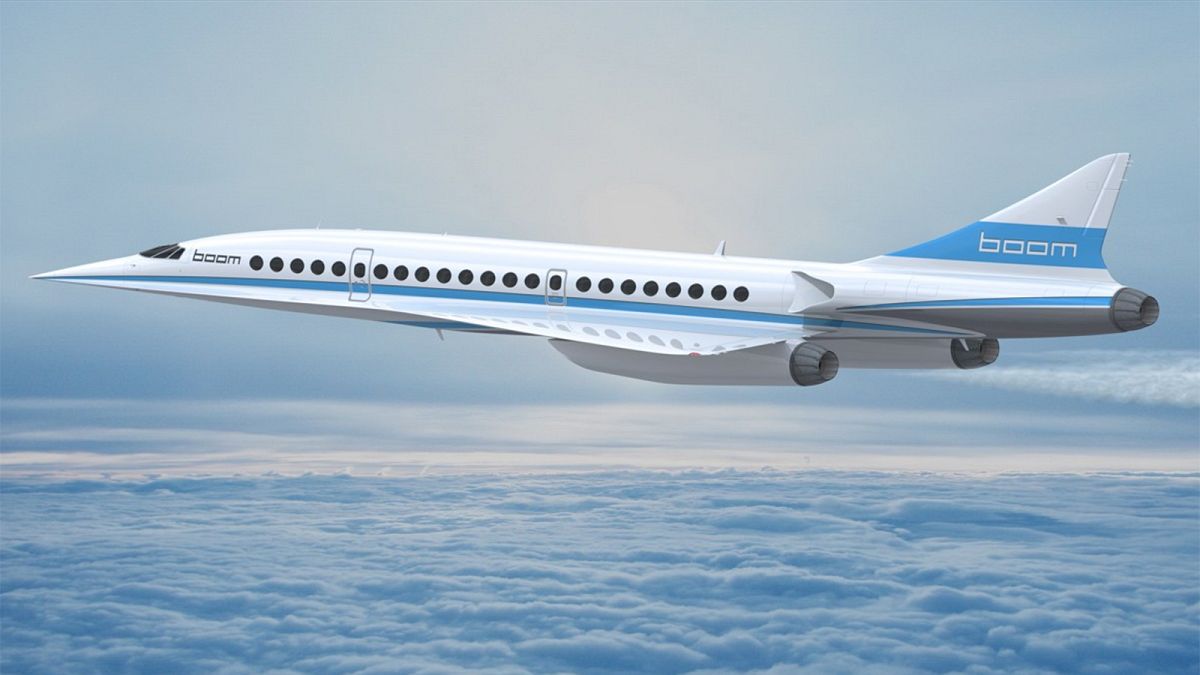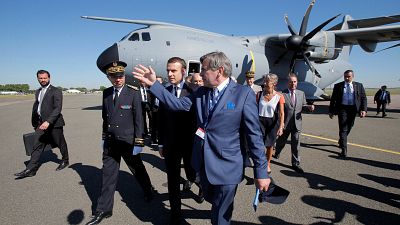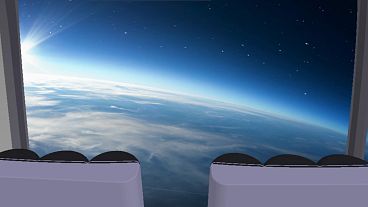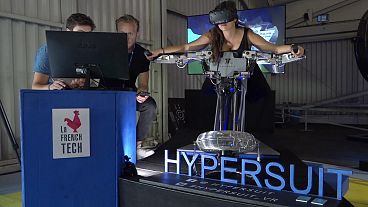We take a look at two exciting projects just around the corner that may well transform the entire aviation industry.
What happened to supersonic air travel?
The perhaps clumsily-named, fledgeling US company – “Boom” has announced at the Paris Airshow that they expect to fly a mini supersonic prototype (called the XB-1 or “baby boom”) by 2018. Boom claim that five airlines have already placed 76 orders for the final product, though the only company they were willing to name was Virgin Atlantic.
“Airlines are excited for something new and different to offer their passengers and we’re thrilled that major world airlines share our vision for a future of faster, more accessible supersonic travel. We look forward to sharing more about these partnerships in the future,” beamed Boom’s big boss Blake Scholl at their Paris Air Show press conference.
Boom has orders for 76 of its future supersonic passenger jets https://t.co/tBUIruCDT6pic.twitter.com/hY2xyhhdLl
— TechCrunch (@TechCrunch) June 21, 2017
Proud to announce at #PAS17 that #boomsupersonic have tripled our order book #ParisAirShowpic.twitter.com/4uhnLF54n4
— Boom Supersonic (@boomaero) June 20, 2017
The company made no attempt to veil the obvious similarities between their design and the iconic Concorde. Scholl said that Boom planned to “pick up where Concorde left off.”
It is true that since Concorde’s laying to rest in 2003, the aviation industry has “failed to generate further speed increases, (and) lost supersonic capability.” But it seemed a strange place to talk about resurrecting Concorde given that just a few kilometres away, almost 17 years ago to the day, the Air France flight 4590 from Paris to New York went up in flames killing all 100 passengers, nine crew members and four others on the ground. When I asked Scholl about how he planned to overcome the lingering fears that some air travellers have about supersonic travel after that disaster, he quite rightly explained that: there were several tragic factors which led to the disaster including debris on the runway; and that “yes there was one Concorde crash in 27 years but it happened due to a runway incident, not due to supersonic flight.”
In October, 2003 over 20,000 people watched Concorde take her final flight over #Bristol – the city of her invention, before her retirement. pic.twitter.com/5YLJXmcKNZ
— Weird Bristol (@WeirdBristol) June 18, 2017
Boom Aerospace says it’s completed preliminary design review on its Baby Boom supersonic demonstrator. FF: late 2018. #PAS17pic.twitter.com/Pl2gmz0B9F
— Jon Ostrower (@jonostrower) June 20, 2017
Boom say that the only way forward is to learn from and improve on what Concorde achieved. To do this, and to make their plane commercially viable, they believe several things are fundamental: getting the right number of seats (55 instead of Concorde’s 128); improving fuel economy for commercial competitiveness; huge reductions in noise (‘turbo fans’ replace ‘after-burners’ making it 60% quieter); faster research and development thanks to software innovations (from 6 months in a wind tunnel down to 30 minutes on a computer) and improved construction methods and materials namely – carbon fibre and 3D printing.
Boom Supersonic, Stratasys partner for supersonic aircraft with 3D printing https://t.co/os0h6xYyswpic.twitter.com/HFzsr3pI6u
— AMD Magazine (@AMDMag) June 21, 2017
Boom claimed they could reduce the average length of flight from Paris to New York from seven to three and a half hours, once operational at Mach 2.2 speed. San Francisco to Tokyo would, they say, take a little over five hours, rather than the current 11. If everything goes to plan, Boom would have the fastest commercial airline ever on their hands. But airlines and customers alike will have to stump up to go supersonic, the finished aeroplane will cost about 180 million euros and a ticket from London to New York is estimated at 5,000 USD. The plan for Boom is to eventually get costs down enough so that supersonic travel is not reserved for the few – but that could be a while away yet.
French Aerospace researchers at Ampere reimagine the aeroplane
After our supersonic experience, we met up with Jean Hermetz, from the French Aerospace research group Onera. Onera have a very different and arguably more ambitious and ecological vision of the future. Jean Hermentz talked about a concept which would effectively transform the way aeroplanes work and how they are powered.
#salondubourget come visit us hall 2 booth C271
onera_fr</a> <a href="https://t.co/Rg4RYIAGAB">pic.twitter.com/Rg4RYIAGAB</a></p>— Guillaume Belan (GuillaumeBelan) June 18, 2017
The idea, like so many of the best, is very simple. A cell powers an electric motor which drives a series of fans placed along the entire wingspan of the plane. In aeronautical jargon this is known as “distributed electric propulsion.” The benefits would be: an aeroplane that has absolutely no carbon footprint; pilots would need only limited training to be able to fly safely; it could turn practically on its own axis like a helicopter by speeding the fans up on one side, whilst putting them in reverse on the other, and finally short flights between nearby towns would become commercially and environmentally viable.
X-57 ‘Maxwell’ to validate and demonstrate the benefits of distributed electric propulsion for aviation. https://t.co/zInFPmow8P
— Fuentek (@fuentek) March 22, 2017
Distributed Electric Propulsion seems to be the phrase of the day at #uberelevatehttps://t.co/rg8mwAo0lr#aviation#eviation
— Volta Volaré (@VoltaVolare) April 25, 2017
Jean said, with an optimistic glint in his eye, that he hopes this concept model will become a real thing in ten years. That would mean by 2027 you might call home to say: ‘I’m just about to take-off now, do you want me to land and pick up anything from the shops on my way home?’
They are all at it! Russia’s TsAGI designs regional STOL airliner with distributed electric propulsion cf
NASA</a> X-57 <a href="https://t.co/RmszHyY3xg">pic.twitter.com/RmszHyY3xg</a></p>— Graham Warwick (TheWoracle) September 1, 2016



